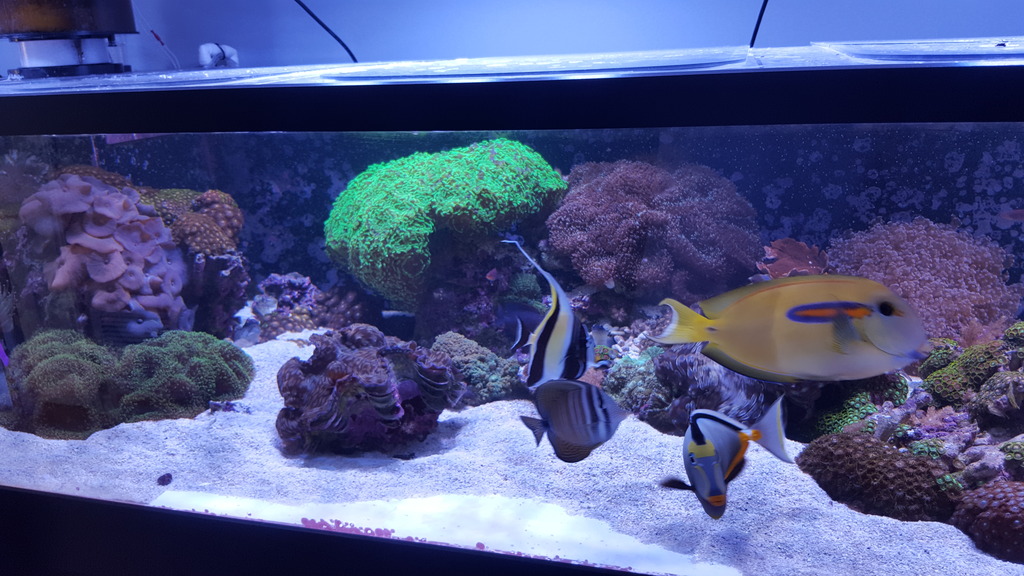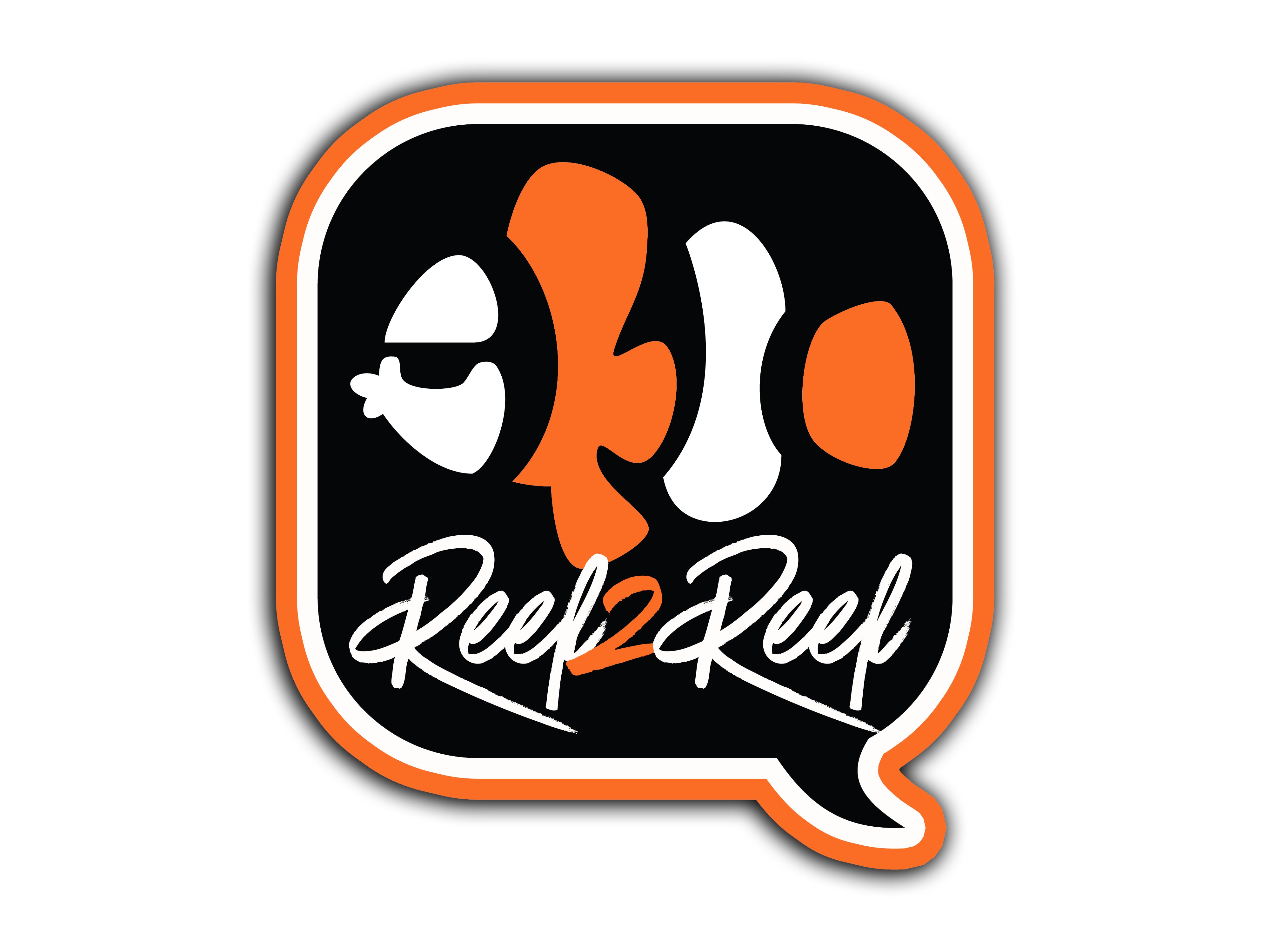- Joined
- Jun 14, 2016
- Messages
- 263
- Reaction score
- 517
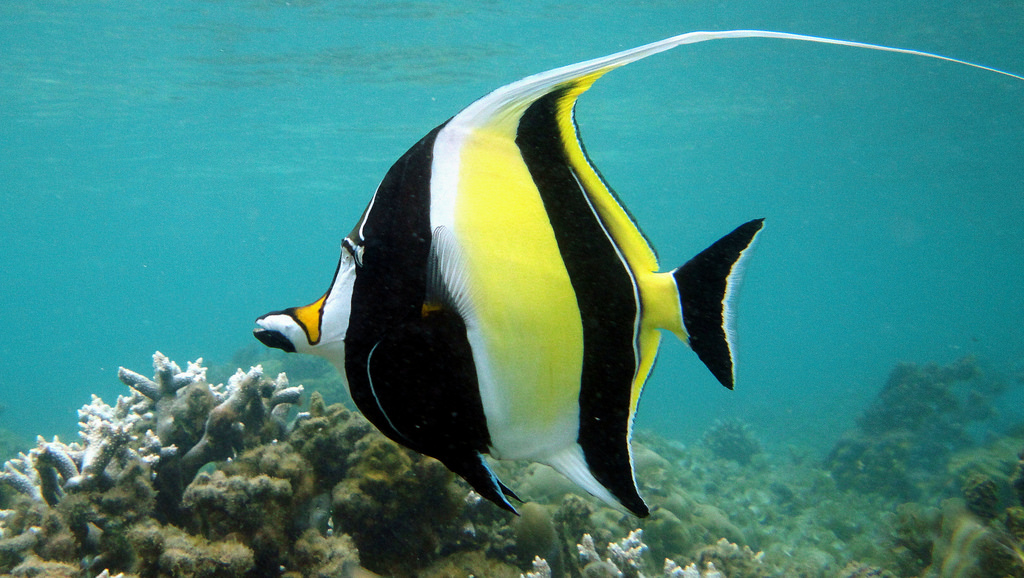
So today, in the age of coral propagation, marine fish breeding breakthroughs and aquarium automation; are Moorish idols still impossible to keep? I want to make it clear that I am not encouraging any aquarist to attempt keeping a Moorish idol. I am accepting and realizing that some will, either with or without knowledge about the species. For those aquarists, this article may serve to help them be successful, based on techniques I have found over the years that increased idol survivability. Also, for dedicated aquarists who have dreamed of having an idol exclusive tank, this may serve as a road map to getting there.
Moorish idols:
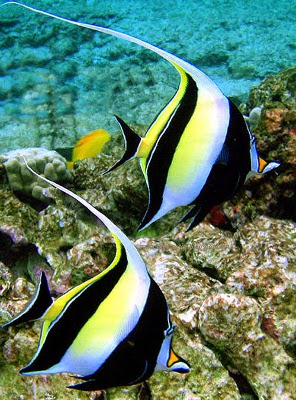
If one fish could stand as the epitome of oceanic beauty and grace, it would most certainly be the Moorish idol. They are not an overly flashy, or gaudy species but a perfect contrast of yellow, white and black, with an elongated dorsal fish and an elegant swimming stride. It’s this graceful beauty that has made idols hallmark symbols of oceanic themed clothes, decorations and art. As aquarists have learned, this beauty and grace comes with a price.
Scientifically Moorish idols are the sole representative of the family Zanclidae. While widely distributed throughout the tropical to subtropical Pacific Ocean, idols are commonly associated with U.S. state of Hawaii. Often, schools of Moorish idols greet divers and snorkelers alike as they explore Hawaiian reefs. They are either closely related to or a direct descendant of the extinct Eozanclusbrevirostris. Named for the Moors of Africa (Muslim inhabitants of North Africa during the middle ages) the fish are believed to bring about happiness. Many aquarists who’ve attempted keeping them, would likely disagree.
Idols seem like the perfect mix of a surgeonfish and marine angelfish, as they share traits of both species. Like surgeonfish, they are susceptible to external parasites and also known to feed on seaweed. Although in common with marine angelfish, they also feed on sponges, coral polyps, tunicates and other micro and macro invertebrates. Due to this behavior, a Moorish idol is certainly not considered reef safe. As they age, their dramatic sickle shaped dorsal fin shortens and they reach a maximum length of 7-9 inches in aquaria.
Keeping Moorish idols:

When setting out to keep Moorish idols, it’s best to apply chaos theory, “If something can go wrong, it will.” Chances are the fish you purchase will have suffered severe stress during shipment, they will likely not be eating and are more often than not infected with internal or external parasites (likely both). Idols react very poorly to shipment and it’s for this reason that I don’t suggest purchasing them online. It’s best to find a reputable fish shop that has experience keeping idols and purchase fish that are well acclimated to captive life, before bringing them to a home aquarium.
You don’t just keep a Moorish idol; you plan an entire system built around them. The foundation is a large tank, somewhere in the neighborhood of 150 gallons or more. In my experience, idols do best in small groups and three is a good, sustainable number. First and foremost, the tank must be mature (or stocked with mature live rock). This ensures that a large number of micro-invertebrates, sponges and other fauna are available for the fish to graze on. A large refugium is a must, and for an idol tank I recommend a simple refugium/sump, that allows for the majority of the footprint to be refuge and the rest to be an area housing pumps, skimmers, etc. Like surgeonfish, idols need a fair amount of open swimming space. The traditional wall reef design of many aquariums isn’t sufficient, and a network of rock/reef patches and open channels serves this species well. The goal is to implement a lot of live rock, but also maintain an open water design.
Since idols nip at many different coral species, it’s best to keep the tank coral free. However, some species of corals can serve as food for idols, so if you are comfortable keeping a stock of inexpensive corals for the idols to pick at, it will serve them well. Invertebrates like gorgonians are usually left alone by idols, along with zooanthid polyps and mushroom corals. If you’ve been looking for a moderate light display for bounce mushrooms and colorful zoos, an idol tank may be the place to do that. The only issue is that idols like moderate to high flow rates. However, the high flow rates only need last for several hours per-day. This stimulates the surge zone of a coral reef, an area that idols travel into on occasion. This may interfere with keeping soft corals, or you may strategically be able to create an environment acceptable to both the idols and the corals.
An aquarist can’t simply assume idols will take prepared foods. Yes, we see videos of them eating popular blends, and New Life Spectrum’s creator Pablo Teapot is famous for keeping idols whom consume only NLS pellets. Those cases are the exception, not the rule. Keeping this in mind, an idol tank is almost like a closed biosphere (those little glass balls that self-sustain a tiny ecosystem). Food should be growing and expanding within the tank, at all times. Starting with heavily sponge encrusted rocks is a good first step. It’s almost impossible for a private aquarist to identify the many species of sponge found throughout the ocean, but rock that has visible sponge growth works well. Sponges are intolerant of exposure to air, so when moving sponge encrusted rock, it’s best to keep them submerged or very damp at all times. Don’t set sponge encrusted rock on the floor, while you move things around in the tank. Once air gets trapped in a sponge’s network of canals, it’s near impossible for them to recover.
Sponge Power by Korallin-Zucht is a liquid additive, primarily used to cultivate sponge growth. I’ve used it on all my reef aquariums for many years, and it has always produced a measurable amount of sponge growth. Some of the rocks within my refuge have massive yellow, orange and red sponges growing all over them. Combining heavily sponge encrusted rock with a daily regimen of Sponge Power dosing is important. A refugium of at least 40 gallons is important as well, and it should be entirely crammed with live rock. This rock will be growing sponge undisturbed, while the fish pick away at sponge within the display. Rotating live rock from refuge to display helps ensure your fish have fauna to feed on. If live rock is left in the display all the time, it’s quite possible the idols will consume all the beneficial sponge, thus eradicating it from the tank. Rotating the rock every three months are so, can help prevent that.
While it’s vital to make sure natural foods are produced within an idol tank, feeding is vitally important. Moorish idols have a small, mid-placed mouth, not unlike a thicker, shorter version of a butterflyfish’s incisor like jaws. Mysis shrimp, squid chunks and other common marine fare fit well in an idol’s jaws, and often they will eventually accept frozen foods. LRS foods have. shown great promise in feeding species otherwise unwilling to accept frozen foods, along with those species who seemed un-sustained by them. I personally have used LRS foods to ease the burden normally encountered when starting out with a less than voracious eater. I don’t know if it’s the high grade seafood used in their mixes, or the supplementation with probiotics, but I can’t think of a food more applicable to idol keeping.
Idols also react well to freeze dried seaweed being present at all times and in every case where I’ve kept a Moorish idol, they’ve eaten seaweed with the same gusto as a marine angelfish. There are several marine angelfish food mixes on the market that contain sponge. I recommend trying them, mixed in with LRS reef frenzy. While it would seem like a perfect solution to idol keeping, it’s not. Many aquarists believe that in order to gain the nutritional benefit of eating sponge, idols must consume it alive. Feeding a sponge laden angelfish blend certainly won’t hurt anything, but don’t think it will provide the silver bullet of idol keeping.
A note about quarantine (QT):
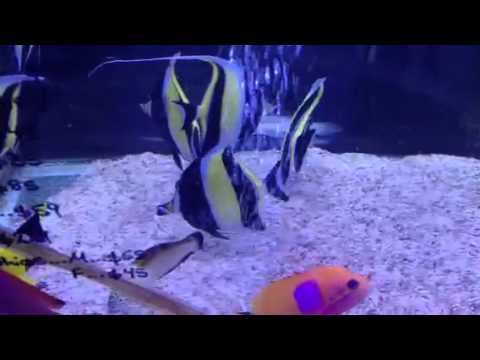
QT is an effective way to ensure parasites don’t enter the display aquarium. However, it’s not a one-size fits all approach to disease management. Some species don’t fare well in a QT tank. The absence of live rock means they have no natural fauna to graze on and the bare aquarium atmosphere causes more stress than anything. In my experience, idols are one of those species. This leaves aquarists at a disadvantage, while compounding the concern about mixing idols with other fish species. The fact that they haven’t been through a full QT means that they may carry disease, which could spread to other fish added to the tank.
The most effective way to QT idols is in a tank separate from the display, that is managed like a regular fish only tank. Something around 30 gallons works well, stocked with mature live rock. In this atmosphere, the idols have plenty of fauna to graze on. If you suddenly notice signs of disease, the live rock can be removed and treatment can begin. It’s a 50/50 shot as to whether the idols will survive treatment, but when faced with disease aquarists have little option but to treat. It’s this acclimation period that is often the most difficult time when keeping idols and closely monitoring the fish is paramount.
Mixing species:
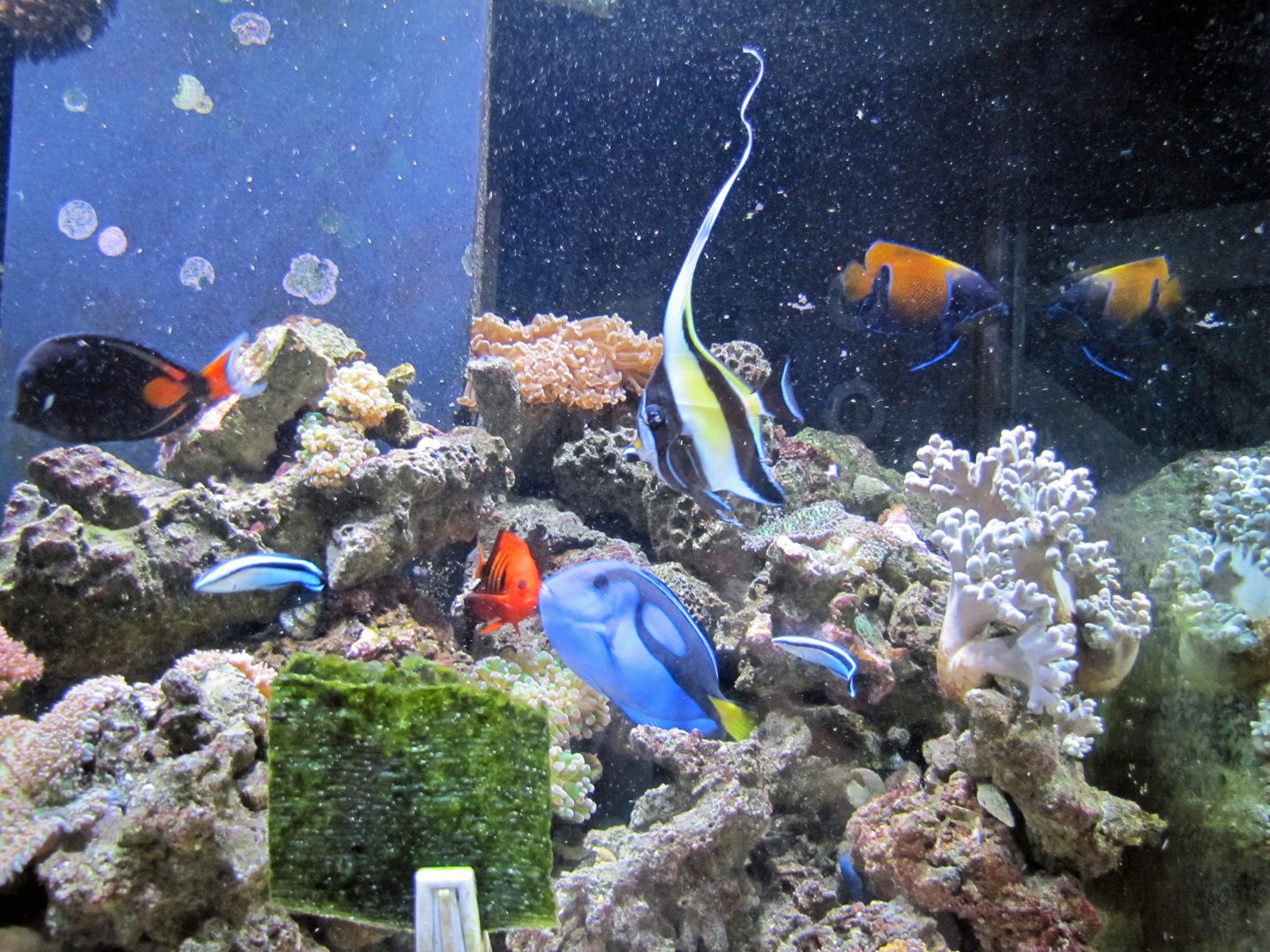
As mentioned above, idols do best in small groups. Naturally, most aquarists want other fish species to occupy the idol’s tank along with them. Since it’s difficult to fully QT an idol (with hypo-salinity, copper, etc) it’s possible that they may carry disease, which will spread to other fish species. While it’s possible to mix Moorish idols with placid, easy going species, it further compounds the risks associated with keeping idols.
Final thoughts:
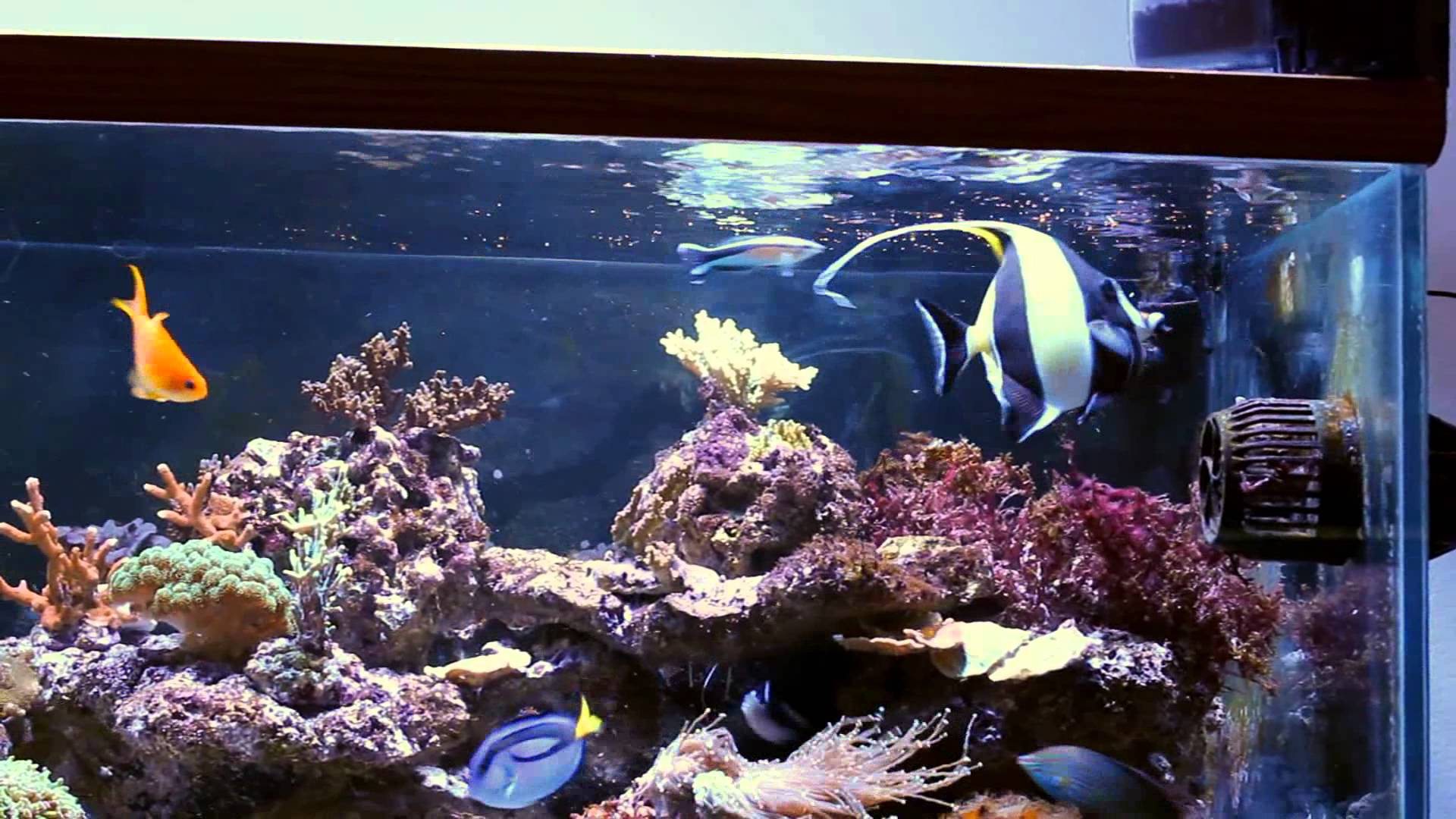
Successfully keeping Moorish idols requires dedication, planning and long-term commitment. Even with all of those attributes, it’s quite possible to wake up one morning, only to find your idols dead for no apparent reason. It’s the multitude of challenges that have earned idols the moniker of “impossible to keep.” Yet there are aquarists whom have had good success with the species. Idol keeping requires that everything about the aquarium is tailored to the Moorish idols and they serve as the primary species within the tank. For some aquarists, the allure of idols is so strong that they are willing to make the sacrifice. However, for most of us, we would rather stick to a mixed reef, which is both far easier and less demanding than an idol specific aquarium.




